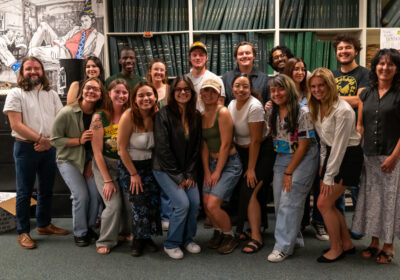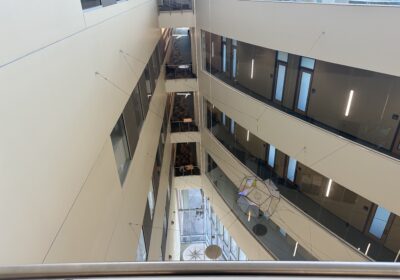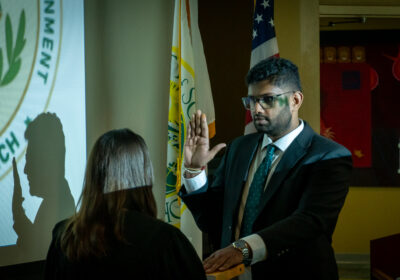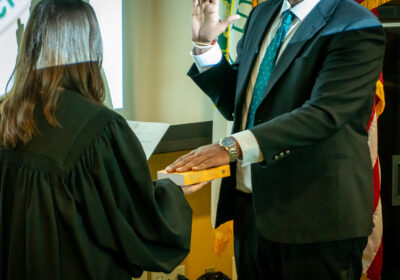A guide to activism on the USF Tampa campus
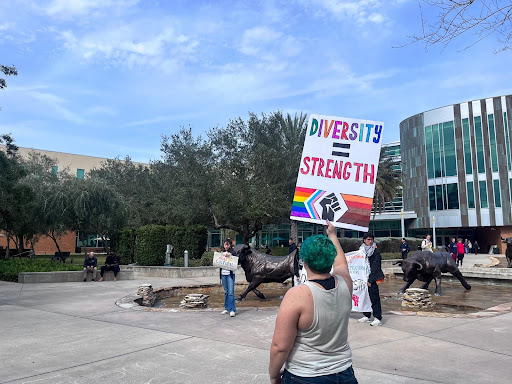
A library sit-in, a march for ceasefire and a stand against diversity funding changes – a college campus sees no shortage of demonstrations.
Some students may wonder where they can protest and which rules they need to follow.
Student organizations were informed in late January that protests and demonstrations are not permitted at the university’s library, a USF spokesperson said.
Related: USF students demanding Starbucks ban escorted out of the library
Where are protests permitted?
USF policy 6-028 outlines areas where demonstrations are authorized and provides guidelines for participating in and organizing such events.
USF allows student demonstrations and other non-commercial activity in open spaces. This is defined in the policy as “locations that are open to the general public and not primarily used for instructional academic purposes.”
Open spaces where protests are allowed include:
- The area outside of Cooper Hall
- The space outside of the library, as long as the entrance is not blocked
- The Marshall Student Center (MSC) plaza
- The Martin Luther King Plaza
- Crescent Hill Parking Garage
- Fowler Field
- Any other area that would not intrude upon an instructional space.
Demonstrations are not permitted in instructional spaces, defined as areas used for academic or administrative purposes. This includes buildings with classrooms, auditoriums, laboratories, faculty offices, study areas, medical centers, clinical facilities and hospitals.
Any speech, petition or demonstration cannot block sidewalks, building entrances or other areas for “normal traffic flow,” according to the policy. Protesters must comply with the building’s guidelines and not use amplified sound without a permit.
Noise regulation
The volume of students during a demonstration can’t interrupt classes or other individuals from “participating in their tasks.”
The sound level must be limited to what is necessary without “excessive intrusion or interruption in adjacent areas,” the policy reads.
No sound amplification, such as the use of speakers or microphones, is allowed unless it is at an appropriate distance from academic or administrative buildings.
Student organizations and other groups must make reservations before using amplified sound during a demonstration.
To make a reservation, student organizations must contact the representative of the space they want to use amplified sound in, while other university-related groups must go through the Event Request Form.
Signage
Students are permitted to use handheld signs during protests, which may not exceed 4 feet by 3 feet in size.
Signs under 8 inches by 11 inches can only be placed on authorized bulletin boards, which can be across campus in areas like the MSC and Cooper Hall.
Flyers cannot be placed on walls, doors, windows, trees or light posts. Any exceptions must be approved using a Space Impact Form.
Safety
Any planned protest is expected to maintain a safe environment and may be required to have University Police at the event, the policy reads.
Members of USF’s Event Support Team, a trained group of staff responsible for moderating protests, are typically present during demonstrations. They ensure students’ free speech rights are met and the event is safe. They can be contacted on their website to coordinate safety planning.


